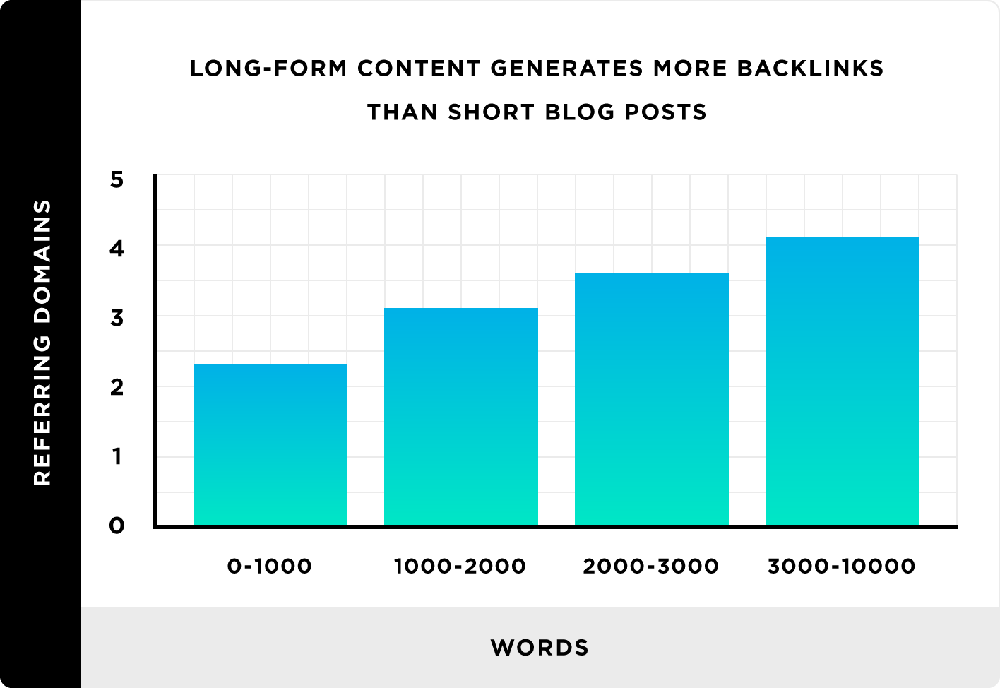Sustainable SEO vs. Shortcuts
One thing we emphasize to all our clients is that SEO is a marathon, not a sprint. Real, lasting SEO success doesn’t happen overnight. It’s achieved through consistent, strategic effort over the long term. In contrast, there are plenty of so-called “short-term hacks” or black-hat tactics out there that promise quick wins – but these are either ineffective or come with heavy risks. Let’s break down the difference and why a long-term strategy always wins.
Short-term tactics often refer to attempts to game the system or see immediate spikes in ranking. This could include things like keyword stuffing (cramming keywords unnaturally into your content), buying cheap backlinks in bulk, using hidden text, or exploiting loopholes in Google’s algorithm. Years ago, some of these tricks might have worked for a brief period. But today’s search engines are highly sophisticated – and they explicitly discourage and penalize manipulative practices. Google’s Webmaster Guidelines outline what not to do, and those who ignore them might see a temporary boost followed by a severe drop (or even a manual penalty removing them from search results altogether). In other words, “churn-and-burn” SEO is not a viable approach – it’s a recipe for long-term damage to your website’s reputation.

By contrast, a long-term SEO strategy focuses on sustainable techniques: high-quality content creation, on-page optimization, legitimate link earning, and improving user experience. These may take longer to show results, but they build a solid foundation that keeps yielding traffic and rankings for years. Google itself has stated there are “no secrets that’ll automatically rank your site first” – the best path is to follow best practices and make your site better for users. That’s why we invest in content and technical improvements that adhere to Google’s guidelines and algorithm updates. Yes, SEO is a long-term investment – typically, you might start seeing some movement in rankings within a couple of months, but “meaningful rankings and traffic growth typically take 3–6 months” or more, depending on your industry’s competition. This timeframe might seem lengthy, but remember: those results, once achieved, tend to be durable. The content you publish and optimize now can keep attracting visitors next year and the year after.
Think of it like building a reputation in your field – it doesn’t happen with one PR stunt; it happens by consistently being excellent. Similarly, SEO success compounds over time. The blog article you post today might start on page 5 of results, but with ongoing optimization and link building, it could climb to page 1 over the next several months, then hold a top position that continuously brings you leads. Meanwhile, a competitor who tried to cheat their way up might have gotten slapped down by a Google update, losing whatever short-term gain they had.
Another aspect of long-term vs. short-term is how you measure success. Short-term thinkers might obsess over this week’s rankings or expect to double traffic in a month. We encourage a broader perspective: look at the trend over 6-12 months. Are impressions and clicks steadily rising? Are you ranking for more keywords overall? These are signs of momentum that matter more than any one day’s position. We set realistic expectations from the start – for example, we won’t promise “Rank #1 for XYZ in two weeks!” (No honest SEO agency can guarantee specific rankings on a tight timeline, and you should beware anyone who does.) What we can guarantee is that we will use the best practices, dedication, and expertise to improve your site’s standing step by step.
Focusing on long-term strategy also means staying adaptable. Google makes hundreds of tweaks to its search algorithms each year, along with major core updates at least a couple of times annually. A short-term tactic might work until the next update, then suddenly lose effectiveness. In contrast, if you have built your SEO on solid ground – great content, technical excellence, authority in your niche – those fundamental positives are less likely to be undone by algorithm changes. In fact, websites that follow white-hat SEO often benefit when Google updates its algorithm, because those updates frequently aim to reward high-quality sites and filter out the low-quality ones.
In summary, RankVisibly always takes the long view on SEO. We certainly celebrate quick wins when they happen, but we never chase fads or “tricks” that could imperil your website. Our goal is to build an SEO presence that keeps growing stronger with time. This approach requires patience and consistency – but it’s absolutely worth it. As the saying goes, “SEO is a journey, not a destination.” By partnering with us, you’re equipping your business with a sustainable marketing asset: the ability to be discovered by customers organically, day after day, without constantly paying for each click or fighting fires. Next, let’s explore one of the most powerful long-term tactics in SEO – long-form content – and why it deserves special attention in your strategy.
The Power of Long-Form Content
When it comes to SEO and content marketing, length does matter – but it’s about more than just word count. Long-form content (which generally means articles or guides of 1,500, 2,000, or more words) has proven to be incredibly effective at driving organic traffic and rankings. Let’s discuss why long-form content is so powerful and how RankVisibly leverages it to boost our clients’ visibility.
First and foremost, long-form pieces allow you to deeply explore a topic, providing more value to the reader. Search engines aim to satisfy the user’s query as fully as possible. A comprehensive article that covers all facets of a question or problem is more likely to meet that need than a superficial 300-word post. Readers tend to spend more time on pages that offer in-depth information, which sends positive engagement signals (like longer dwell time) back to Google. By answering multiple related questions in one go, long-form content can also target a variety of long-tail keywords (specific, less common search queries) naturally. This broadens the net of traffic the content can capture.

Additionally, longer content helps establish authority and expertise. When you publish a definitive guide or an extensive industry analysis, it showcases your knowledge and positions your brand as a thought leader. Users are more likely to trust and share content that reads like the ultimate resource on a subject. This leads to the next major benefit: backlinks. Other sites and blogs love to cite authoritative resources. Multiple studies have confirmed that long-form content earns significantly more backlinks on average than shorter content. For example, as mentioned earlier, one study found that articles over 3,000 words attracted 77% more referring domain links than those under 1,000 words. Each backlink is a vote of confidence that boosts your SEO – so the more link-worthy your content, the better your chances of ranking.
Long-form content tends to attract substantially more backlinks than shorter posts. The chart above (from a Backlinko study of 912 million blog posts) shows that articles in the 3,000+ word range earned far more referring domain links on average than those with under 1,000 words. These extra backlinks are a big reason why comprehensive content often outranks thinner content in search results.
Long-form content also correlates with higher rankings in general. When looking at Google’s top 10 results, research has found that they skew longer. We noted that the average first-page result has ~1,447 words. It’s not that word count alone causes a ranking, but rather that longer content typically earns its place by being more complete and satisfying to readers (thus generating those engagement signals and backlinks). Google’s algorithm has evolved to prioritize content that demonstrates E-E-A-T: Experience, Expertise, Authoritativeness, Trustworthiness. A well-crafted long-form piece naturally checks those boxes by providing detailed information, citing credible sources, and often including helpful media like images or videos.
However, it’s important to stress that quality is just as crucial as quantity. A rambling 3,000-word article that delivers little substance won’t perform magic. Long-form content works when it’s truly informative and well-structured. That’s why our content team at RankVisibly approaches each long-form piece with care: we start with thorough research, create a clear outline (so the article flows logically), and break up the text with descriptive headings, bullet points, and visuals. This not only helps SEO (by signaling the topical structure to search engines) but also keeps readers engaged – nobody wants to read a giant wall of text. In fact, guidance from SEO experts suggests using subheadings, lists, and images to make long content more digestible for both users and crawlers. We follow that advice closely.
Another benefit of long-form content is its longevity. Evergreen long-form pieces can continue to bring in traffic for years with minor updates. For example, a comprehensive “Ultimate Guide to [Your Industry]” can remain relevant with periodic refreshes as information changes. This is a smart investment: one piece of content that consistently draws visitors and earns links over time, far outweighing the initial effort to create it. In contrast, shorter news updates or social media posts have a fleeting impact.
To illustrate the power of long-form content, consider one more metric: engagement. Longer articles tend to get more social shares (up to a point) and comments, because they spark more interest and conversation. They can serve as cornerstone content that you can internally link to from other pages on your site, guiding users to the rich resources you’ve created. All of these factors indirectly boost SEO as well, by increasing your content’s exposure and perceived value.
In our SEO campaigns, RankVisibly frequently incorporates long-form content creation. For a local service provider, this might be a detailed “How to Choose the Right [Service]” guide that educates customers (building trust) while naturally including local keywords. For an e-commerce client, it could be an in-depth comparison of product types or a buyer’s guide that ranks for informational queries and then funnels readers to relevant products. For B2B or enterprise, it might be a data-driven report or whitepaper that attracts links from news outlets or industry blogs. In each case, the long-form content serves a dual purpose: giving immense value to your audience (which helps convert readers to customers) and sending all the right signals to search engines that this content – and by extension, your website – is an authority worth ranking.
In summary, long-form content is a powerful engine for SEO success. It improves your chances of ranking by covering topics thoroughly, keeps users engaged longer, attracts more backlinks, and strengthens your brand’s authority. While not every page on your site needs to be 2,000+ words, having a strategy that regularly produces substantive content is a winning approach. At RankVisibly, we champion long-form content as part of a balanced SEO content strategy, always coupled with high quality to ensure those extra words truly count.